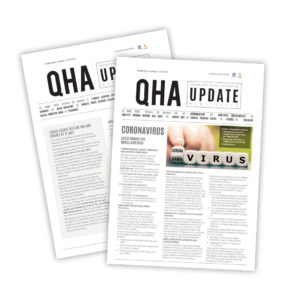A new guide, preventing and managing fatigue related risk in the workplace, has been published by Workplace Health and Safety Queensland on the effect fatigue has on drivers, shift workers (e.g. hospitality), plant operators and those who are required to concentrate more than most, in their occupation.
In this context, fatigue is a feeling of tiredness with a gradual onset, reducing alertness, which can cause errors and/or injuries. Long term impacts can contribute to heart disease, high blood pressure, diabetes, anxiety, and depression.
Fatigue can be related to work, environment, or lifestyle factors, as well as general wellbeing, rather than an underlying medical condition. Tired muscles can recover with rest, but the brain can only recover with sleep. Optimum sleep time varies, with an adult generally requiring seven to eight hours of sleep daily.
Some examples of controls used to manage fatigue include:
- Developing a fatigue management policy with workers and encouraging them to report health and safety concerns.
- Preparing for when workers may have longer hours and shifts, and ensuring they get breaks and are hydrated.
- Providing facilities for rest, sleep (if required), meal breaks and hydration.
- Providing and maintaining safe machinery and equipment, and appropriate training according to the environment and employee level of skill.
- Providing education on the symptoms of fatigue and healthy lifestyle behaviours to combat it (e.g. good nutrition, physical activity, and stress management)
Control measures should be monitored and reviewed, so consider implementing trial periods for any new work schedules with workers providing feedback.


